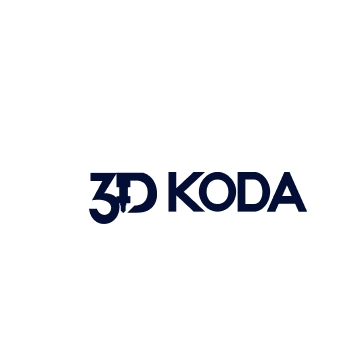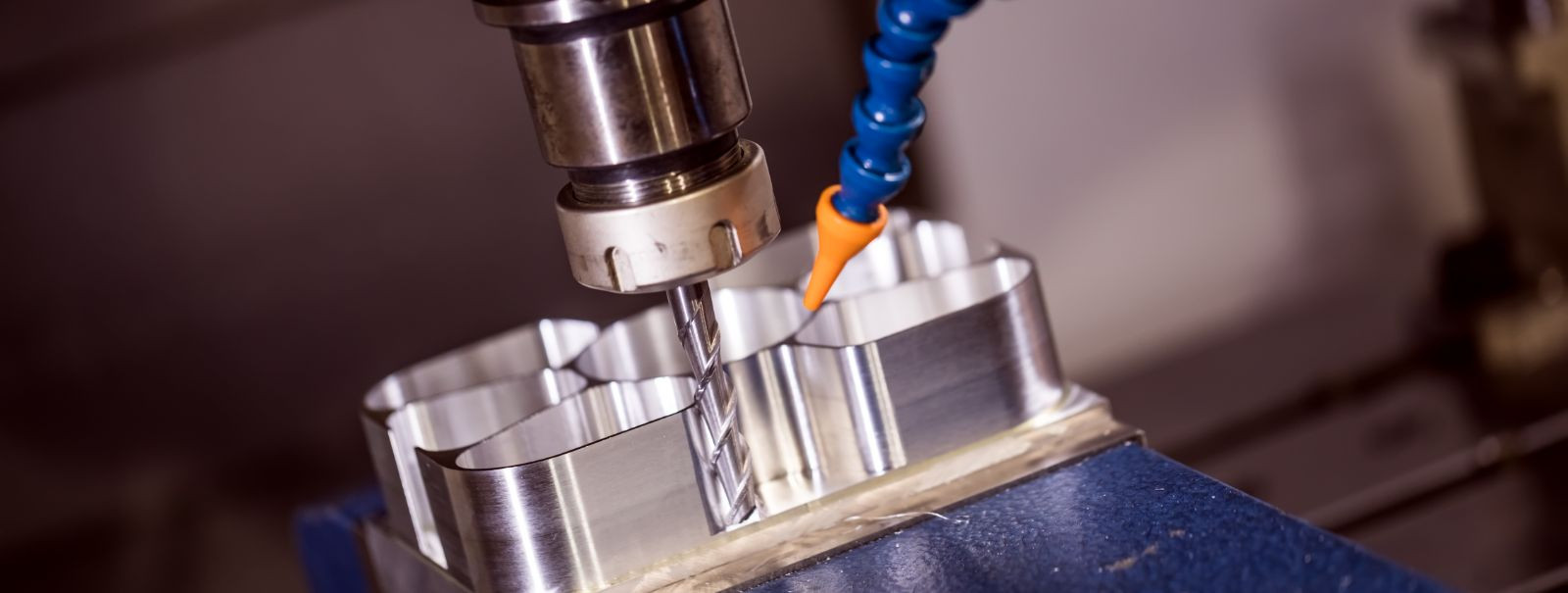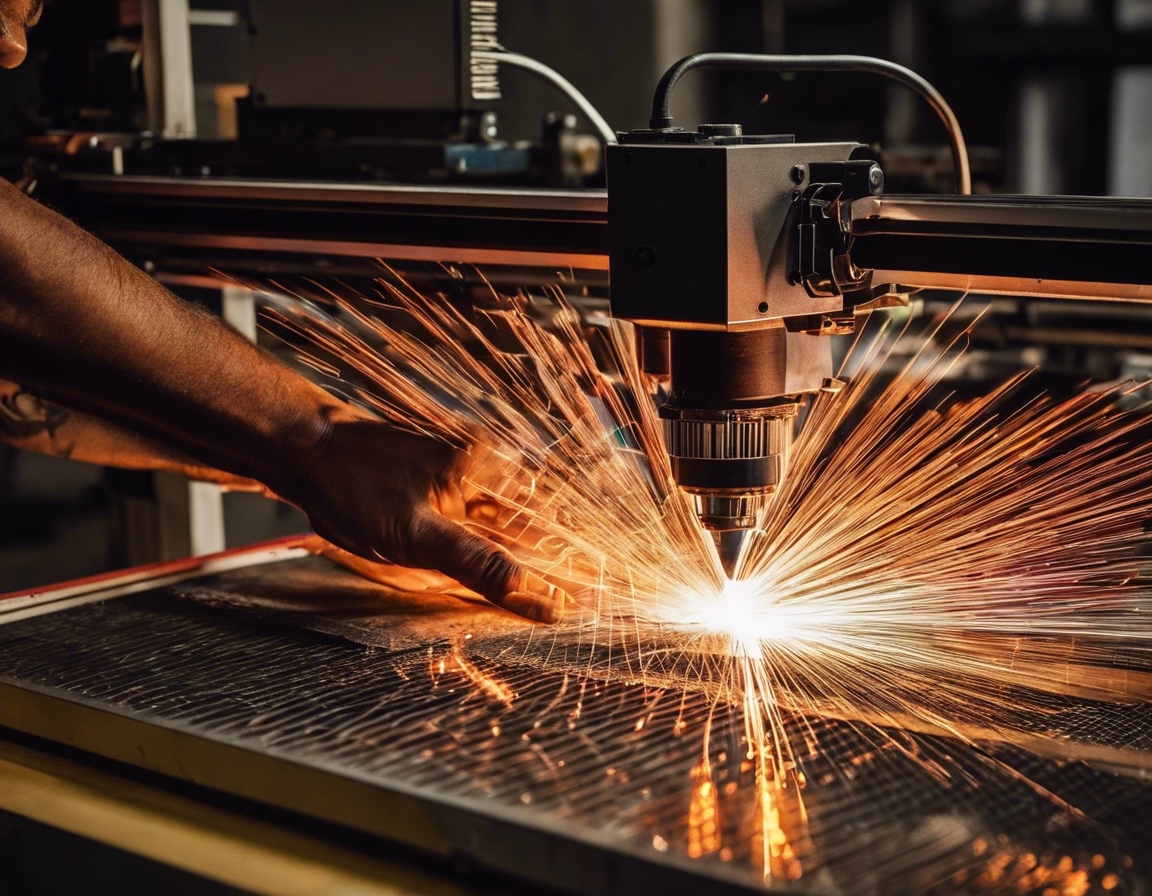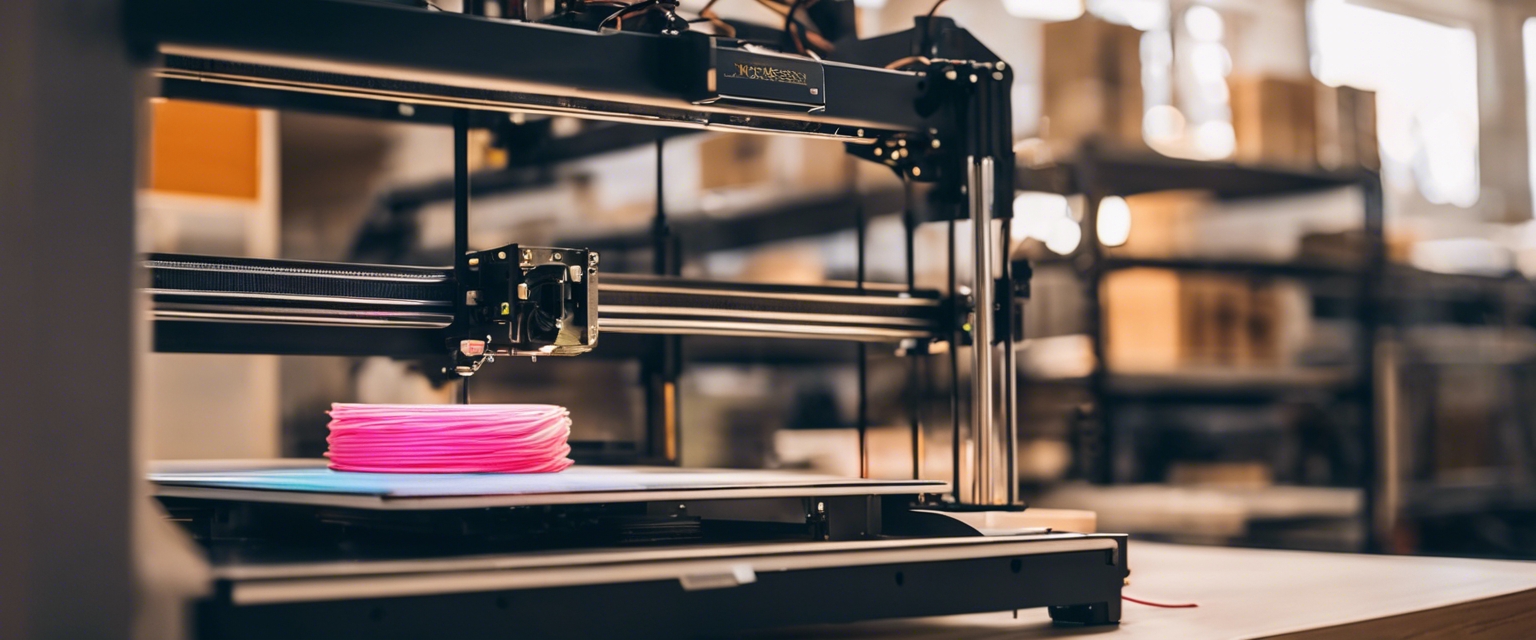5 ways cnc milling can elevate your product design
CNC (Computer Numerical Control) milling is a subtractive manufacturing process that uses computer-controlled machine tools to remove material from a solid block, known as the workpiece, to produce a custom-designed part or product. This technology has revolutionized the way products are designed and manufactured, offering unparalleled precision and efficiency.
Product design is critical in determining the functionality, aesthetics, and success of any item in the market. A well-designed product not only meets the needs of the user but also stands out in a competitive landscape. Incorporating CNC milling into the design process can significantly enhance these aspects.
1. Enhanced Precision and Consistency
CNC milling machines are capable of producing parts with complex geometries that would be difficult or impossible to achieve with manual machining. The precision of CNC technology ensures that every detail of the design is executed with the utmost accuracy, resulting in products with intricate features and tight tolerances.
One of the greatest advantages of CNC milling is its ability to maintain consistency across large production runs. This repeatability is essential for businesses that require uniformity in their products, such as in the aerospace or medical industries.
2. Material Versatility
CNC milling machines can work with a wide variety of materials, including metals, plastics, and composites. This versatility allows designers to select the most appropriate material for their product based on the desired properties, such as strength, weight, or thermal resistance.
Choosing the right material is crucial for the functionality of the final product. CNC milling provides the flexibility to experiment with different materials and find the perfect match for the product's requirements.
3. Customization and Complexity
With CNC milling, customizing products to meet specific customer needs is straightforward. Designers can easily modify digital files to create unique, personalized items without the need for costly tooling changes.
The advanced capabilities of CNC milling machines allow for the creation of designs with high levels of complexity. This includes undercuts, channels, and other features that are challenging to produce with other manufacturing methods.
4. Speed to Market
Rapid prototyping is a key benefit of CNC milling, enabling designers to quickly create and test prototypes, making iterative design improvements in real-time. This accelerates the development process and helps bring products to market faster.
By streamlining the manufacturing process, CNC milling reduces the time from design to production. Shorter production cycles mean that products can be launched more quickly, giving companies a competitive edge.
5. Cost-Effective Production
CNC milling is highly efficient, producing minimal waste material. The precision of the milling process means that only the necessary amount of material is removed, which can significantly reduce costs associated with material waste.
Automation in CNC milling reduces the need for manual labor, lowering the costs associated with production. This cost saving can be passed on to the customer or reinvested into the business to drive innovation and growth.






Comments (0)